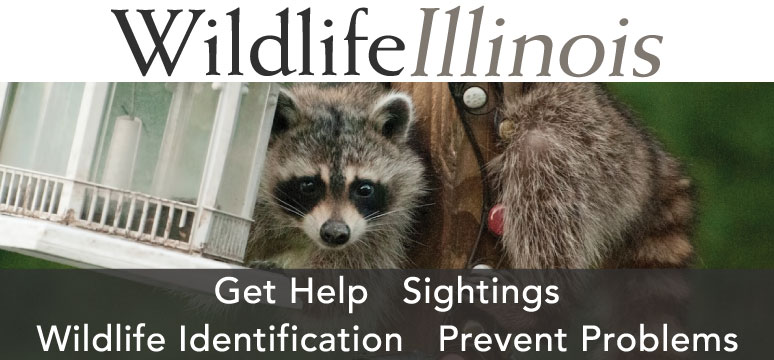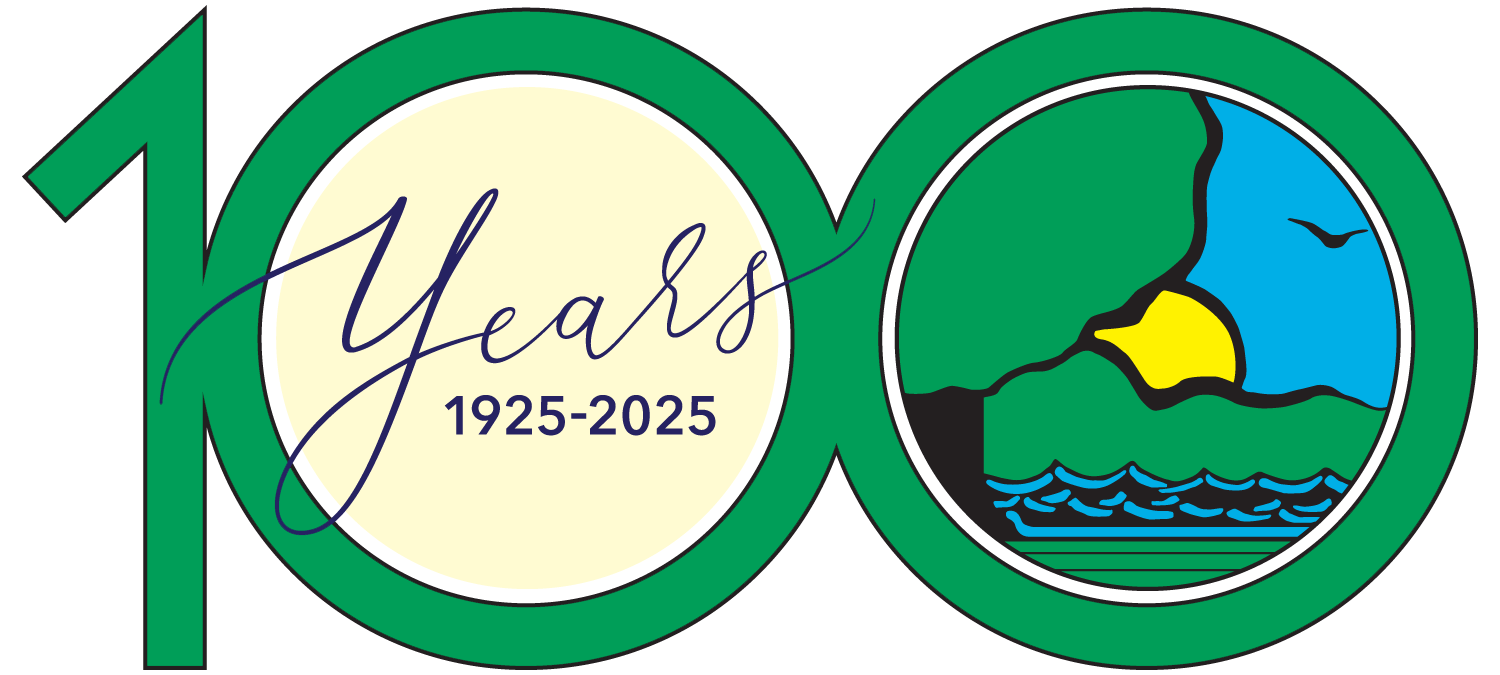
Photo by Cindy Harris.



Photo by Cindy Harris.
As the length of days shorten and trees begin to show fall color, waterfowl hunters across Illinois are preparing for the annual migration of ducks and geese. The 2024-2025 season promises a variety of opportunities for hunters across the state, thanks to a combination of factors including favorable wetland conditions, stable waterfowl populations, and recent federal and state conservation efforts. Drawing on the latest information from the U.S. Fish and Wildlife Service (USFWS) and the Illinois Department of Natural Resources (IDNR), this forecast offers insights into what hunters can expect in the fall flight for 2024-2025.

In mid-August the USFWS released the 2024 Waterfowl Breeding Population and Habitat Survey, one of the most comprehensive assessments of waterfowl populations that provides key data for understanding the status of North American ducks, geese and swans. Spring and summer rains in the Prairie Pothole region and across Canada came at a critical time for waterfowl this year. After several years of challenges posed by drought conditions in the Prairie Pothole Region, the 2024 season appears to have been more favorable in terms of both population recovery and habitat conditions.
The 2024 USFWS survey estimates the overall duck population at approximately 34 million birds, a slight increase compared to 2023. However, this number is still below the long-term average (LTA), primarily due to lingering effects of previous droughts in the breeding areas. Mallards, the most iconic and harvested duck species in Illinois, have shown promising numbers, with populations stabilizing around 10 million—close to the LTA.
Other key species for Illinois hunters, such as the northern pintail and canvasback, are exhibiting mixed trends. Pintail numbers remain below target levels, while canvasbacks have made a moderate recovery from declines seen in previous years. Other species, such as green-winged teal and wigeon, displayed large modest gains from 2023 and should be a robust portion of the 2024 fall flight.
Illinois lies within the Mississippi Flyway, which supports some of the largest concentrations of waterfowl in North America. The Mississippi Flyway Council, along with the USFWS, uses population estimates and harvest data to set hunting regulations that ensure sustainable waterfowl populations. For 2024, population trends are cautiously optimistic, though continued monitoring is necessary to gauge the full recovery from prior years’ environmental stresses.
Geese, particularly Canada geese, are a staple of Illinois waterfowl hunting. According to the 2024 USFWS survey, the population of giant Canada geese remains robust across the Mississippi Flyway. Illinois resident geese populations were estimated at 111,950 geese, similar to the 2023 estimate of 114,400 and within the population estimate range of the most recent 10-year period (96,050 – 139,350). Migratory populations, which pass through Illinois from northern breeding grounds in Canada and the Arctic, are also showing healthy numbers bolstered by favorable breeding conditions during the summer months.

Snow geese, known for their massive flocks and challenging hunting conditions, continue to bolster large migratory populations despite a multi-year contraction in overall population. The population of lesser snow geese, in particular, remains high. Managing these populations has proven, however, difficult as their numbers continue to strain arctic breeding habitats. Illinois hunters can expect a continuation of liberal bag limits and seasons for snow geese.
White-fronted geese mid-continent population estimates declined 59 percent from 2023 to 2024, short almost 2 million geese from the 2023 estimate of 3.2 million. Although the number seems like a sharp decline, the midcontinent population is only 7 percent below the 10-year trend estimate. Despite declines, white-fronted geese should still be numerous in central and southern Illinois for the 2024-2025 hunting season.
The Prairie Pothole Region, known as the “Duck Factory” of North America, has seen some improvement in 2024 following a period of drought. This region, which extends into parts of the Dakotas, Montana, Minnesota and Canada, produces a significant portion of the continent’s waterfowl. In 2024, late spring rains replenished many of the wetlands in this area, leading to better breeding success for many species.
In Illinois, the availability of wetlands and food during migration is crucial. Fall and early winter rainfall will play a significant role in determining how long birds remain in the state before moving further south. Major waterfowl refuges and public hunting areas, such as the Mississippi River Area, Emiquon Complex, Upper and Central Illinois River Valleys, Carlyle Lake and the Chautauqua National Wildlife Refuge, all report good summer growing conditions for duck food, an encouraging sign for hunters.
Illinois is divided into four goose and four waterfowl hunting zones: North, Central, South Central and South. Each zone has its own set of season dates based on migration patterns and habitat availability.

The following waterfowl hunting seasons are offered in Illinois during fall-winter 2024-2025.
Illinois boasts several prime hunting locations, from the wetlands of the Mississippi River to the large reservoirs and marshes scattered throughout the state. Here are a few areas where hunters are likely to have the best success during the 2024-25 season:

While the 2024-2025 waterfowl season looks promising, hunters should remain mindful of several challenges that could affect waterfowl populations and hunting success. Climate variability remains a significant concern, as changing weather patterns can disrupt migration timing and habitat availability. Warmer fall temperatures can delay migrations, pushing peak hunting opportunities later into the season. Conversely, early cold snaps in the northern Midwest can force large numbers of waterfowl into Illinois early, creating a brief but intense window for hunters.
Precipitation, or lack thereof, can also make or break a season. Heavy rains during early fall can destroy wetland vegetation and wash away desirable forage for ducks and geese while a lack of rain will leave lots of food unavailable to waterfowl. Small precipitation events throughout the season are ideal for recharging wetlands, increasing food availability and offering sporty weather for duck hunters.
The 2024-2025 Illinois waterfowl season is shaping up to be an exciting one for hunters, with stable waterfowl populations and improved habitat conditions compared to recent years. Whether you’re targeting mallards in the Illinois River Valley or snow geese in the southern part of the state, the opportunities for a successful season are abundant. Illinois waterfowl hunters have a lot to look forward to during the 2024-2025 waterfowl season.
Sam Klimas is one of the State Waterfowl Project Managers for the Illinois Department of Natural Resources (IDNR). He joined IDNR in 2020 and oversees waterfowl banding operations and population monitoring throughout Illinois. Klimas received his BS degree from the University of Wisconsin – Stevens Point and MS degree at Western Illinois University. He is a wetland enthusiast and avid waterfowl hunter.
Submit a question for the author